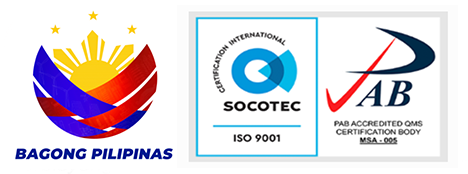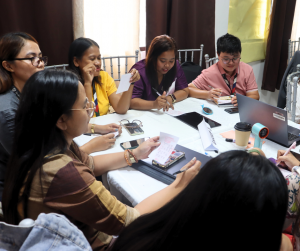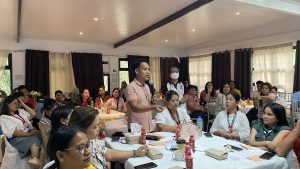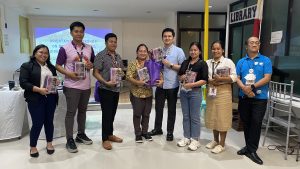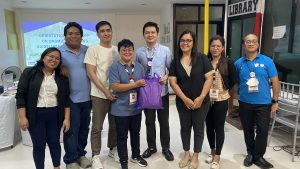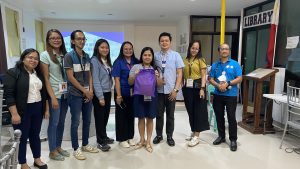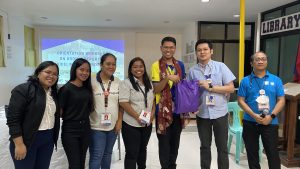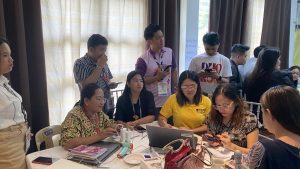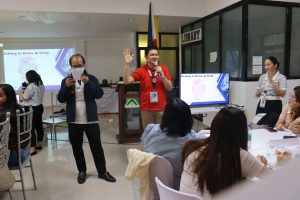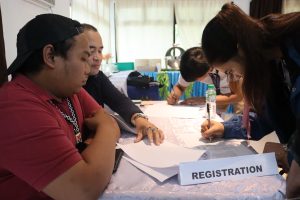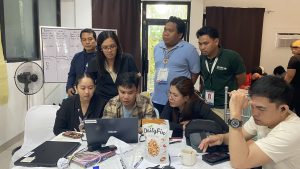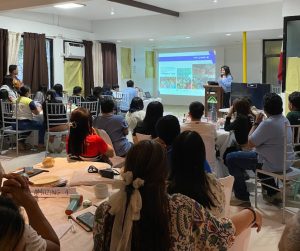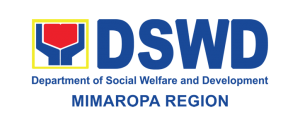Odiongan, Romblon – The Department of Social Welfare and Development (DSWD) MIMAROPA conducted an Orientation Workshop on Disaster Response Operations Management, Information and Communication (DROMIC) Reporting Guidelines, and Other Disaster Response Protocols for Quick Response Team (QRT) members of Marinduque and Romblon Provinces from March 17 to 21, 2025, at the Simple Living Hotel in Odiongan, Romblon.
Spearheaded by the Disaster Response Management Division (DRMD), the workshop aimed to enhance the skills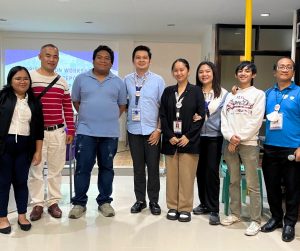 and knowledge of QRT members in disaster response management, particularly in information gathering, reporting, and deployment procedures.
and knowledge of QRT members in disaster response management, particularly in information gathering, reporting, and deployment procedures.
According to the opening message of Assistant Regional Director for Operations Sheila S. Tapia,
“Ginaganap natin itong ating orientation on DROMIC Reporting Guidelines and Protocols dito sa probinsya ng Romblon… ito ang tamang panahon para magkaroon kayo ng additional knowledge when it comes to reporting on Disaster Response and Operations.”
Participants underwent training on the Disaster Risk Reduction and Management System, gaining a deeper understanding of disaster preparedness and response mechanisms. They were also introduced to the National Disaster Response Plan, which outlines the coordinated efforts of agencies during emergencies.
Further discussions focused on the Quick Response Team (QRT), including its composition, functions, 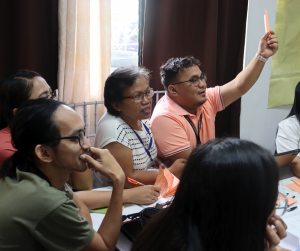 and deployment procedures for effective disaster response. Participants also received in-depth training on DROMIC reporting guidelines, ensuring accurate and timely disaster information management.
and deployment procedures for effective disaster response. Participants also received in-depth training on DROMIC reporting guidelines, ensuring accurate and timely disaster information management.
The workshop covered disaster response protocols, basic photography, and Facebook Reels, equipping QRT members with the skills to document disasters accurately and utilize reels for public information—ensuring that communities and stakeholders receive accessible and engaging updates.
By the end of the workshop, DSWD QRT members had a clearer understanding of their roles and responsibilities in disaster response operations, gaining essential knowledge to improve coordination, reporting, field deployment, and digital communication, ultimately contributing to a more efficient and responsive disaster management system.
![]()

